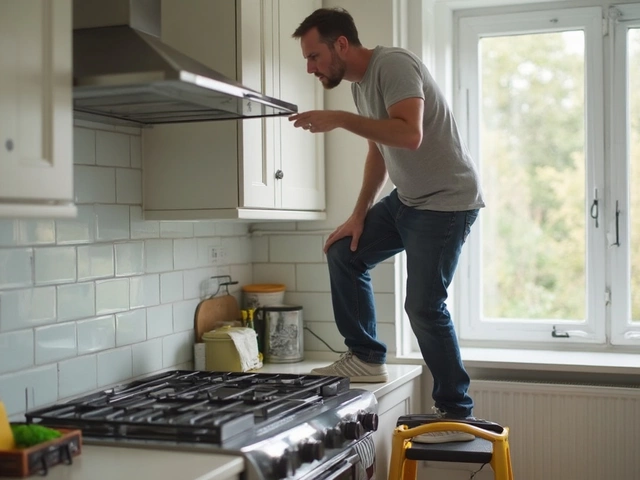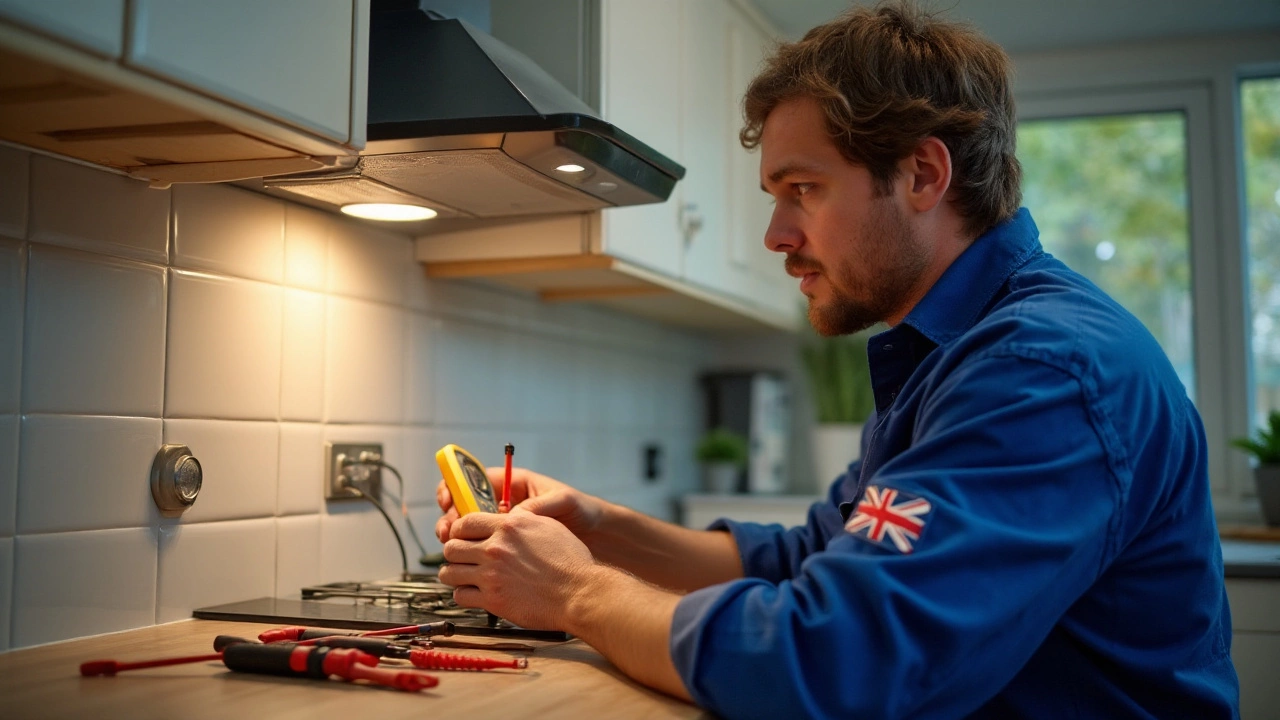Fan Troubleshooting – Fix Common Problems Fast
Fans are great until they start humming, rattling, or just stop. Most issues aren’t a call to a pro – a quick check can save time and money. Below are the easiest steps to spot why your fan isn’t doing its job and how to get it humming again.
Identify the Issue
First, ask yourself what’s wrong. Is the fan silent? Does it spin but blow weak air? Is it noisy or shaking? Write down the symptoms – this guides the next steps and helps a technician if you end up needing one.
Power problems are the usual suspects. Make sure the plug is secure, the outlet works, and any switch on the fan or wall is on. Try a different socket or test the plug with another device.
Dirty blades or grill cut airflow and cause the motor to work harder. Turn the fan off, remove the front cover, and give the blades a quick wipe with a damp cloth. A vacuum brush works well for dust in hard‑to‑reach spots.
Loose screws or balance pads cause wobbling. Tighten any visible screws and check the plastic balance pads on the motor shaft – they should be even. If the fan shakes even after tightening, the motor bearings might be worn.
Simple Fixes You Can Try
Reset the overload switch. Many ceiling fans have a built‑in overload protector that trips if the motor gets too hot. Turn the fan off, wait a minute, then flip the switch back on (usually a small toggle on the fan’s housing).
Lubricate the motor. Older fans can get squeaky when the bearings dry out. Unplug the fan, remove the motor cover, and apply a few drops of lightweight oil where the shaft meets the bearings. Don’t over‑oil – a little goes a long way.
Check wiring connections. If you’re comfortable with basic electrical safety, remove the fan’s cover and look for loose wires or burnt spots. Tighten any loose connectors and replace frayed cords. Always turn the power off at the breaker before touching wires.
Replace the capacitor. A fan that starts slowly or stalls often has a bad start capacitor. This small, cylindrical part sits near the motor. Swap it with an identical one – you can find the specs on the old part or in the fan’s manual.
When you’ve tried the above and the fan still won’t work, it’s time to call a professional. Explain the steps you’ve taken; it helps them diagnose faster and may lower the service cost.
Regular maintenance keeps fans running smooth for years. Clean the blades every few months, tighten screws annually, and give the motor a quick oil check once a year. A little attention now avoids larger repairs later.
Got a fan that just won’t cooperate? Grab a screwdriver, follow these steps, and you’ll likely have it back in action without a heavy bill. If not, Rugby Appliance Repair Services is just a call away for fast, reliable fan repair.






